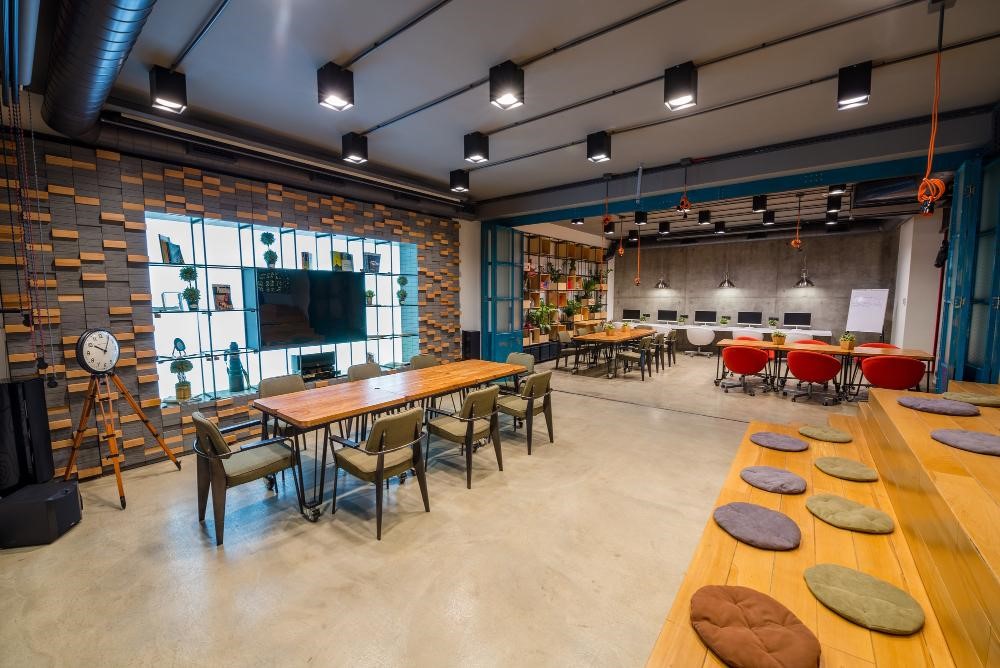
The traditional 9-to-5 office routine has long been the standard for most professionals. However, the work landscape has undergone a significant transformation in recent years. Flexible workspaces have emerged as a powerful force redefining the concept of the 9-to-5 workday. In this article, we’ll explore how these dynamic work environments are reshaping the traditional work structure and revolutionizing how we think about productivity and work-life balance.
1. Breaking Free from the Office Cubicle
One of the most apparent ways flexible workspaces redefine the 9-to-5 is by breaking the chains of the traditional office cubicle. Employees are now tethered to a fixed desk for eight hours daily. Instead, they can choose where and how they work, whether in a shared coworking space, a remote location, or the innovative environments offered by areas like The Square Texas Tower.
2. Embracing Remote Work
Flexible workspaces have embraced and facilitated the rise of remote work. In an era where technology enables seamless communication and collaboration, employees can work from the comfort of their homes, coffee shops, or dedicated remote workspaces. This newfound flexibility has made it possible to redefine the 9-to-5 by allowing people to work when they are most productive.
3. Redefining the Workday
The rigid structure of the 9-to-5 workday is being replaced with a more fluid approach. Flexible workspaces encourage individuals to set their schedules, aligning their work hours with their natural rhythms. This approach enhances productivity and promotes work-life balance, as employees can better integrate their professional and personal lives.
4. Adaptable Work Environments
The Square Coworking, with spaces like The Square Texas Tower, offers adaptable work environments designed to meet the ever-changing needs of modern professionals. Whether you prefer a quiet, private office, a collaborative open space, or a virtual office setup, these flexible workspaces provide options that suit your work style.
5. Enhancing Employee Well-Being
The traditional 9-to-5 structure has often been associated with workplace stress and burnout. Flexible workspaces, on the other hand, prioritize employee well-being. With the ability to work from various locations and set flexible hours, employees can better manage their stress levels and care for their physical and mental health.
6. Expanding Job Opportunities
Flexible workspaces have expanded job opportunities by allowing companies to tap into a global talent pool. Businesses are no longer restricted to hiring talent in their immediate geographic vicinity. Remote work and flexible spaces enable companies to work with professionals worldwide, enhancing diversity and bringing unique perspectives to the workplace.
7. Supporting Work-Life Integration
The traditional 9-to-5 work model separates work and personal life into distinct compartments. Flexible workspaces encourage a more holistic approach to life by allowing individuals to integrate their work responsibilities with personal commitments seamlessly. This not only reduces stress but also enhances overall quality of life.
Conclusion
Flexible workspaces are redefining the 9-to-5 work structure by offering employees greater autonomy and adaptability. These spaces from The Square Coworking, enable professionals to break free from the traditional office cubicle, embrace remote work, and redefine the workday to align with their natural rhythms.
Flexible workspaces are at the forefront of the evolving work landscape by providing adaptable work environments, enhancing employee well-being, expanding job opportunities, and supporting work-life integration. As the world of work continues to transform, these dynamic spaces are helping professionals achieve a healthier work-life balance and paving the way for a more flexible and productive future. The 9-to-5 may always be different, but it’s evolving to meet the needs of the modern workforce.







